Science: where finding nothing is the biggest victory of all
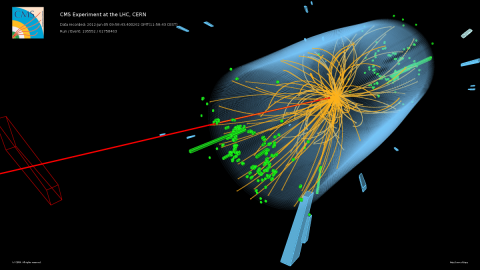
“Eureka!” is not always as powerful as “that’s what I thought!”
“Reality is what kicks back when you kick it. This is just what physicists do with their particle accelerators. We kick reality and feel it kick back. From the intensity and duration of thousands of those kicks over many years, we have formed a coherent theory of matter and forces, called the standard model, that currently agrees with all observations.” –Victor J. Stenger
Reading the science news over the past month, you might conclude that it’s been one defeat after another for physics. After all:
- The Large Hadron Collider, after searching at the highest energies ever for supersymmetry, extra dimensions, or any sign of a new particle, announced that the one hint they had for new physics totally disappeared with the new data they had taken.
- The LUX collaboration, the world’s most sensitive detector to dark matter candidate particles — WIMPS — failed to detect even a single candidate event, setting the tightest record limits ever.
- The first results from the MoEDAL experiment at CERN, searching for exotic particles known as magnetic monopoles, were just announced. No evidence for anything resembling a magnetic monopole was found.
- And the IceCube collaboration at the South Pole, searching for evidence of the sterile neutrino, a dark matter candidate and a possible key contributor in the origin of neutrino masses altogether, found absolutely no evidence at all for anything.
Yet these apparent defeats are merely a thin veil covering the greatest truth of all: physics really is incredibly well-understood.
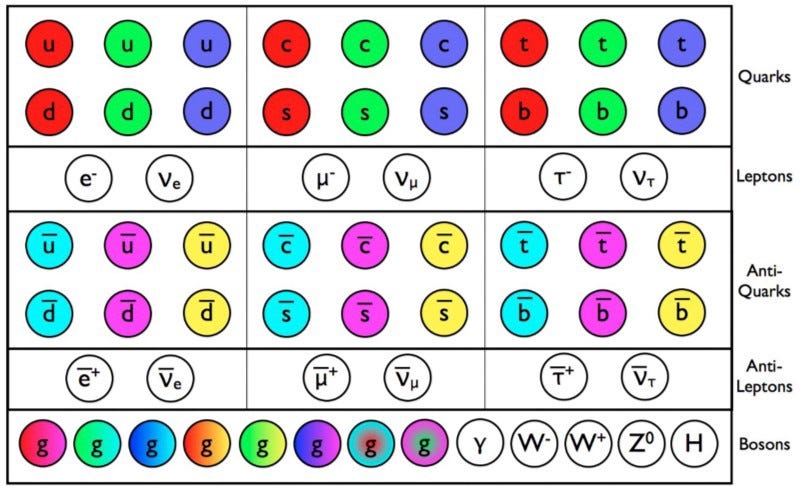
From a particle physics perspective, the Standard Model describes all the normal matter we’ve ever observed or detected directly. Combined with General Relativity, our leading theory of gravitation, the four fundamental forces describing all the particles and their interactions — the strong nuclear, electromagnetic, weak nuclear and gravitational forces — are almost completely understood. To be honest, they’re so well understood that most people take this for granted.
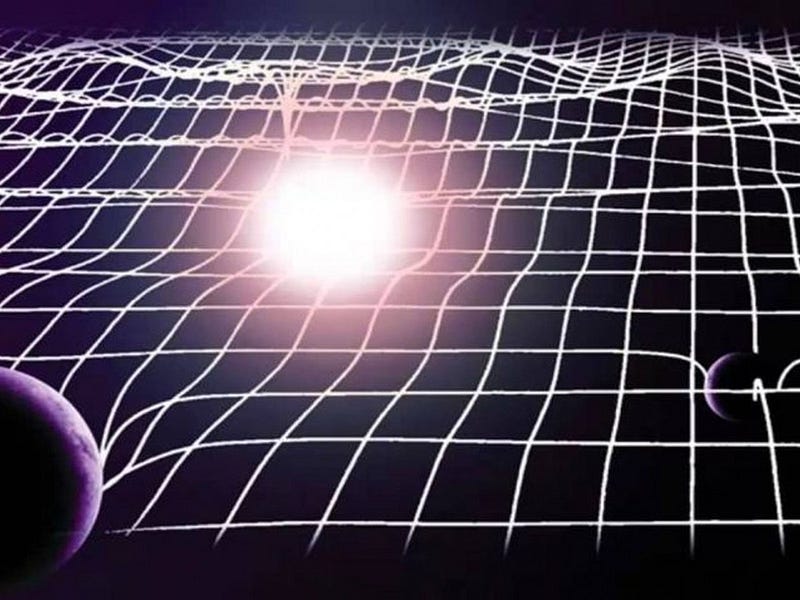
General Relativity was formulated in the 1910s; the Standard Model’s predictions were finalized in the 1960s. For the past 50 years, the greatest novel ideas in theoretical physics, from grand unification to neutrinoless double beta decay to extra dimensions to supersymmetry, have all failed to turn up a direct experimental signature of a new particle or interaction beyond the known forces. We’ve reached the point where the only the most esoteric questions respecting the matter we know, questions concerning the gravitational field of an electron passing through a double slit or the information from the particles falling into a black hole, for example, aren’t answered by our current theories.
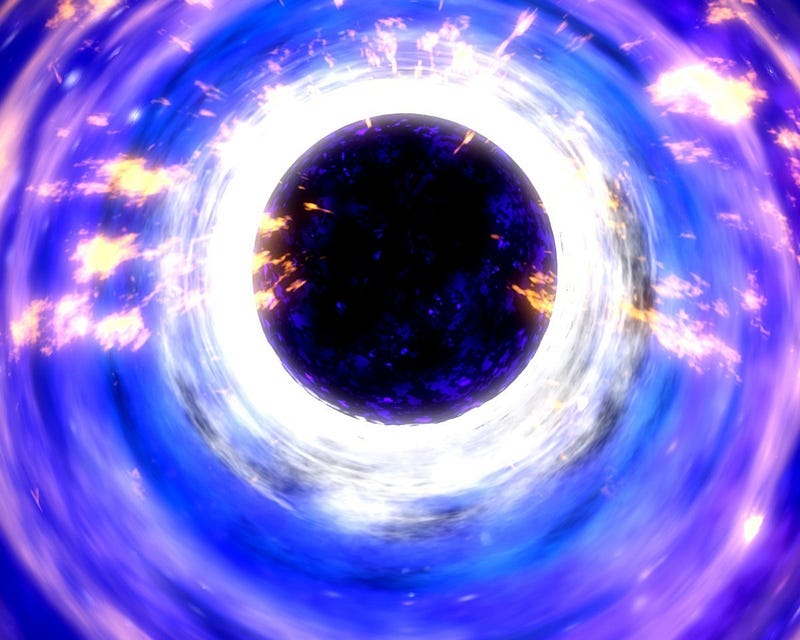
If you put any Standard Model particle or set of particles out into the Universe and subject it to any sort of conditions at any energies, if you allow it to collide in a controlled or uncontrolled fashion with low energy, high energy or ultra-high energy particles, you can describe every single interaction by these simple sets of laws. If you shield these particles from everything you can conceive of in the Universe, you see exactly what these laws predict.
The key thing — the greatest victory — is that we don’t see anything elseat all.
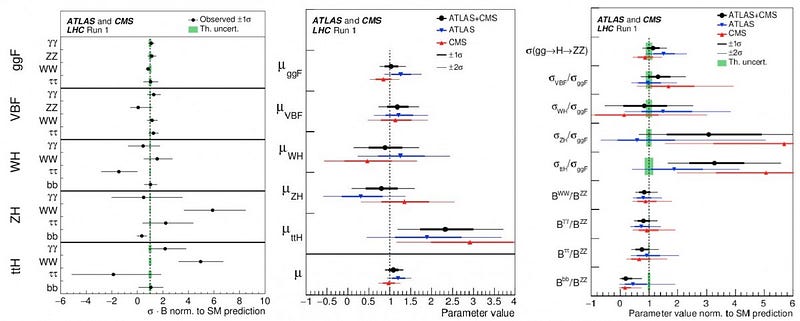
We don’t see any unexpected or unanticipated decays. We don’t see any collisions whose properties we can’t explain. We don’t see the violation of laws or symmetries we don’t expect. We don’t see even tiny amounts of a signal that’s forbidden by the Standard Model or General Relativity. We don’t see proton decay; we don’t see flavor-changing-neutral-currents; we don’t see CPT violation; we don’t see anything move faster than the speed of light in a vacuum. And when it comes to the new things that we do see, they’re exactly in line with what’s predicted, from gravitational frame-dragging to the Higgs boson decaying exactly as we expect to pulsars spinning in perfect time to gravitational radiation matching up perfectly with what Einstein predicted 101 years prior.

There are lots of stories out there about how physics is broken, and how we need a massive new breakthrough or a paradigm shift to keep the enterprise of new discoveries going. What nonsense! The truth is that the laws of physics we have in place are the most successful sets of laws we’ve ever come up with. They’ve been tested more robustly than any other set of laws ever, and they’ve passed every single one. We might not understand why the laws are the way they are, or why the Universe comes with certain properties that the Standard Model and General Relativity don’t have an explanation for, such as:
- dark matter,
- dark energy,
- the tiny, non-zero masses of neutrinos,
- or the matter/antimatter asymmetry of the Universe.
There’s more to learn, for certain. There are more questions out there to be answered. What these null results — these non-discoveries — are telling us is something phenomenal and profound: that physics isn’t over and done, but rather that the hints of what comes next requires looking far, far deeper than we’re presently looking. That means higher energies, larger telescopes, more particle collisions, more sensitive detectors, more significant digits closer to the speed of light or absolute zero and quite likely better, newer ideas than the ones we’ve been pursuing fruitlessly for so long.

It’s a great opportunity for creative scientists and a wonderful time to be alive. We can honestly look back and marvel at how far we’ve come, what we’ve already discovered, and how miraculously well it all works. At the same time, we can look ahead at the great mysteries in front of us, and contemplate just what marvelous secrets about nature they might hold when we finally unlock them. In the meantime, it’s no nightmare that these answers remain hidden; it’s merely the latest, greatest challenge that the Universe has presented us with. The fact that we’ve found nothing new that’s compelling so far means our journey must continue. The promised land is still ahead.
This post first appeared at Forbes, and is brought to you ad-free by our Patreon supporters. Comment on our forum, & buy our first book: Beyond The Galaxy!





